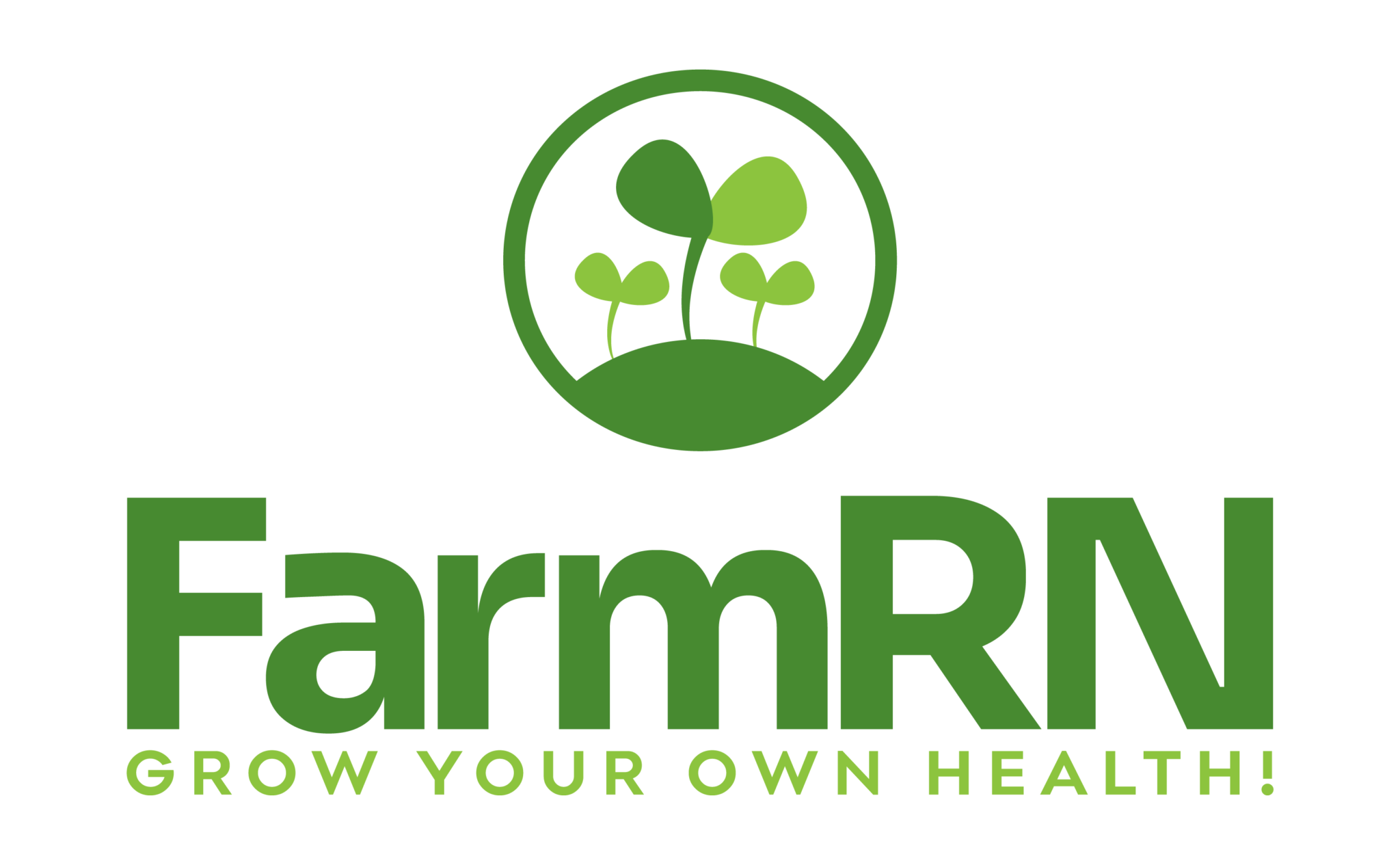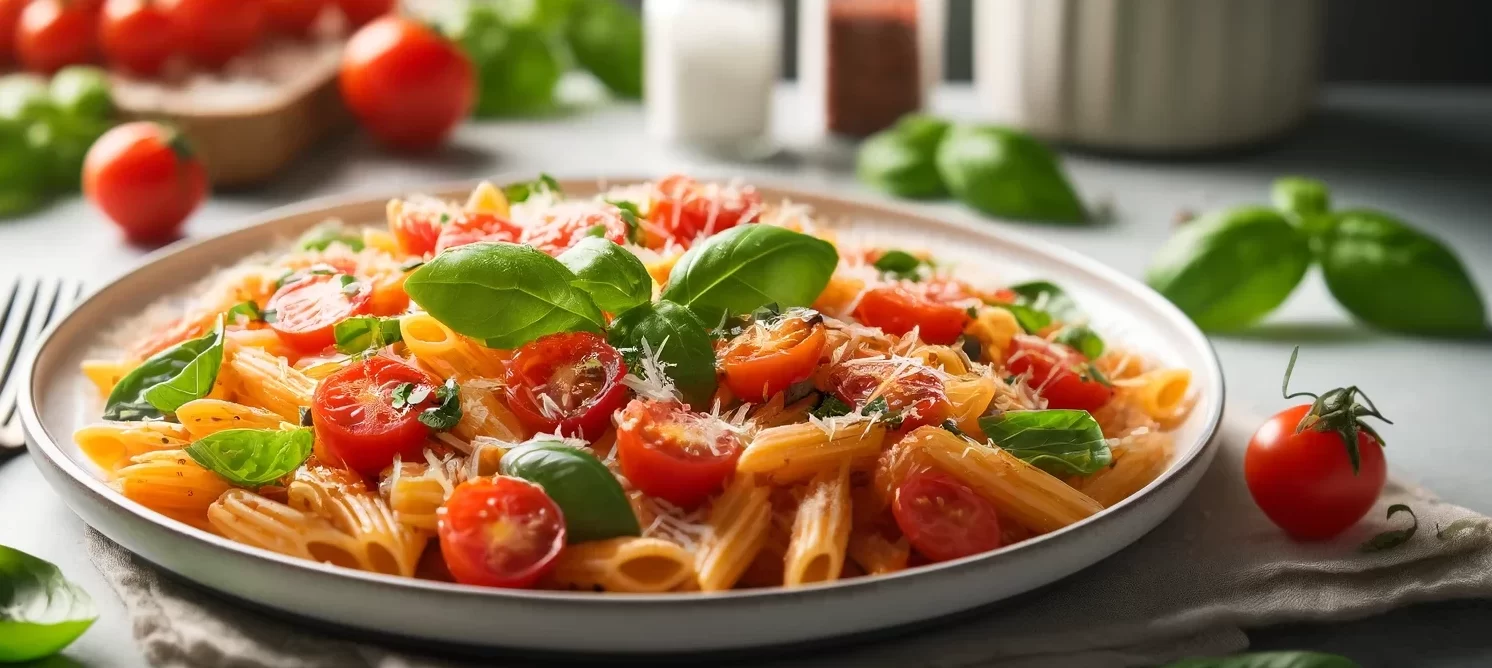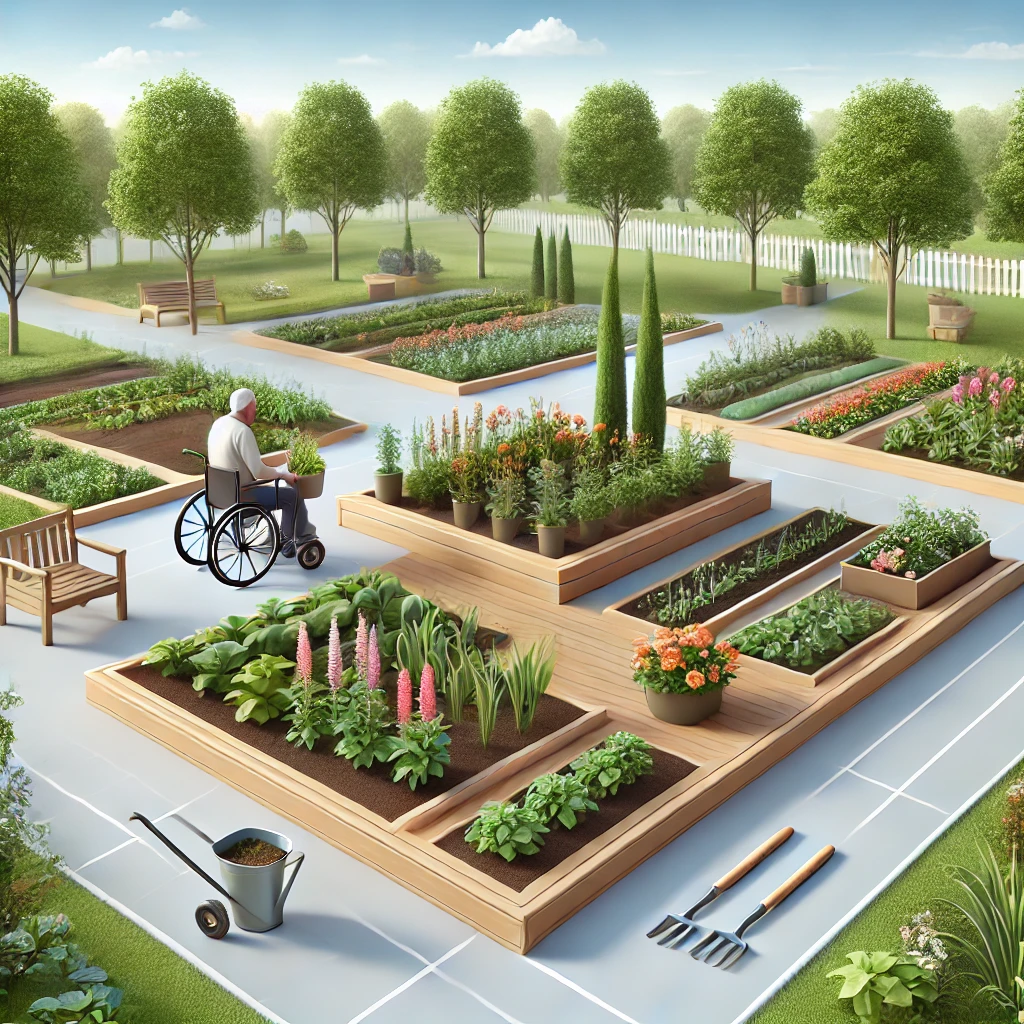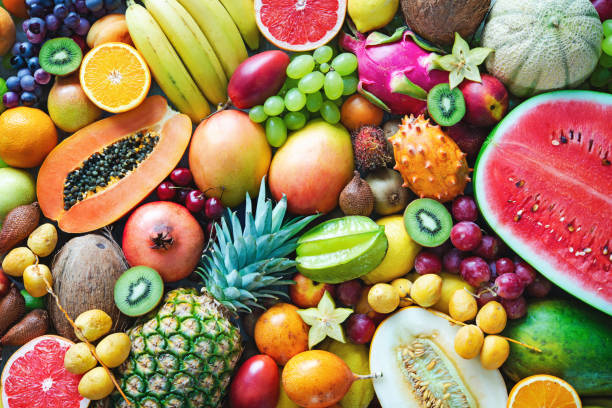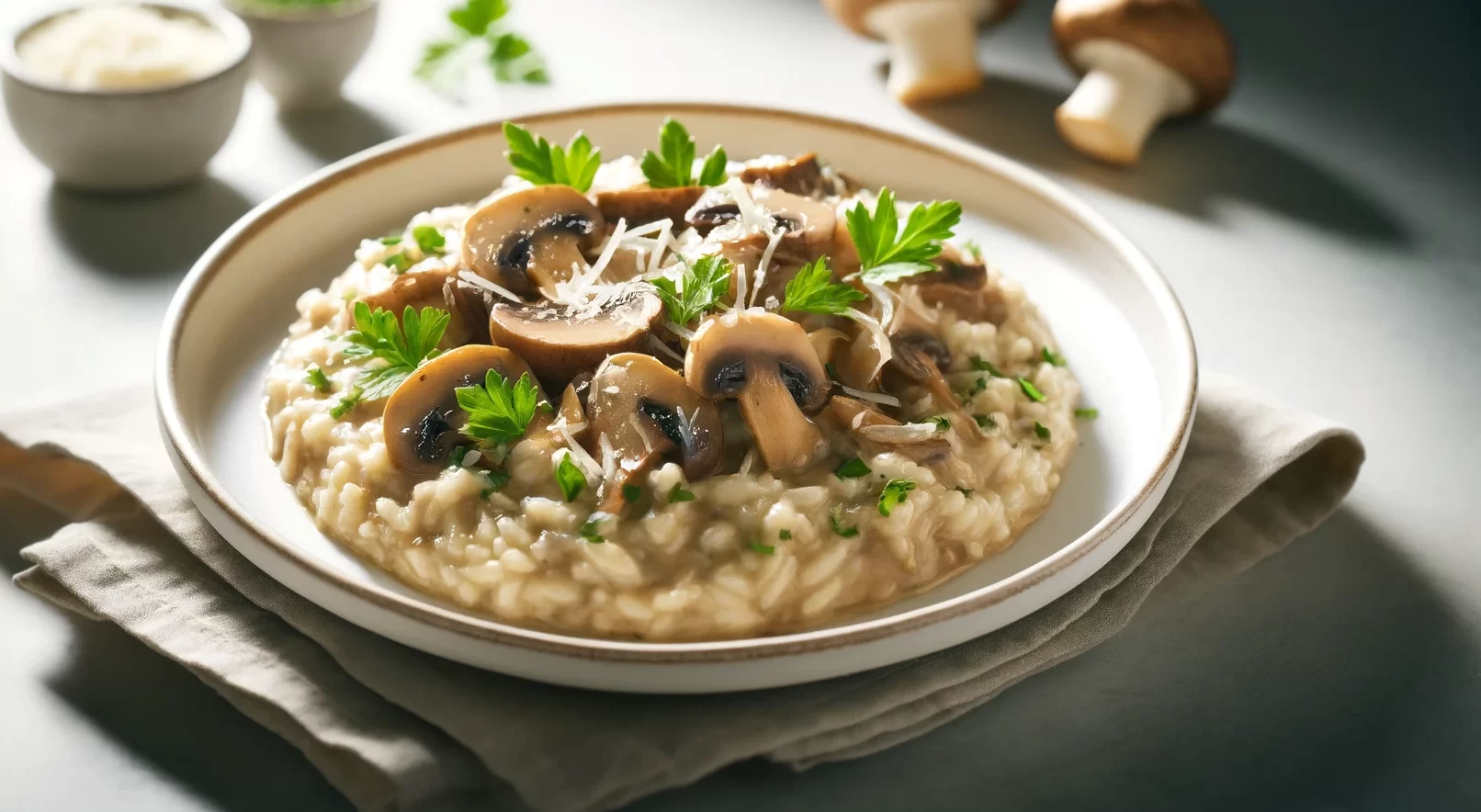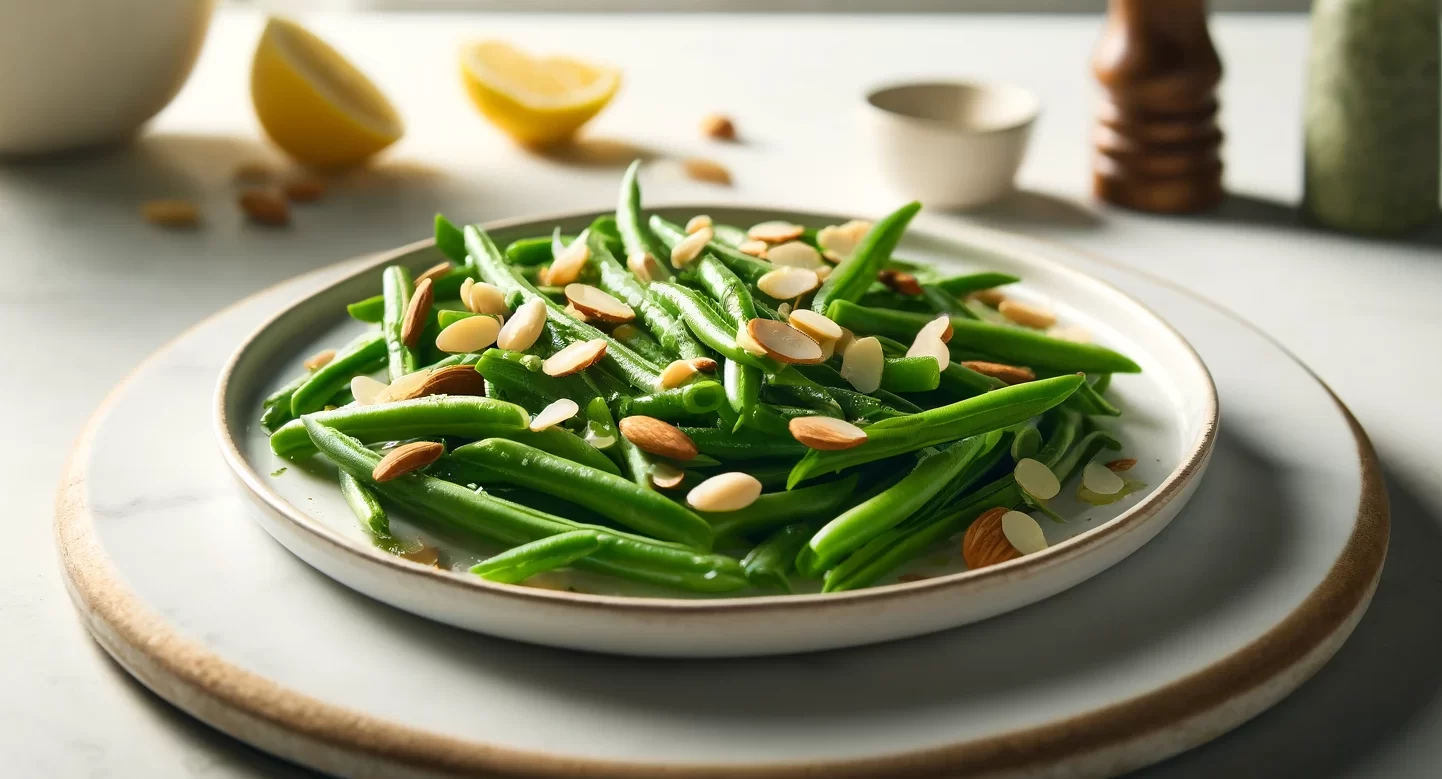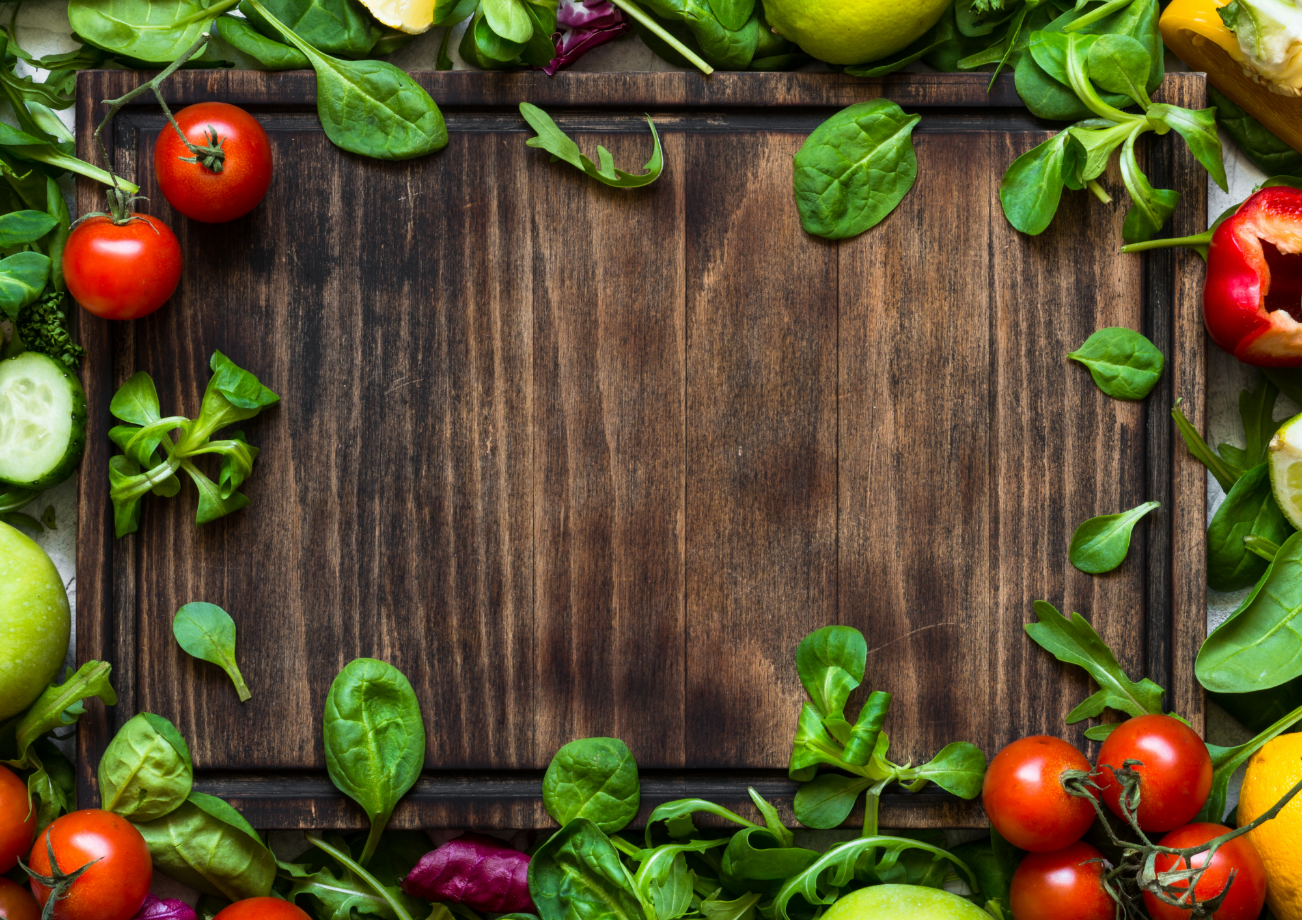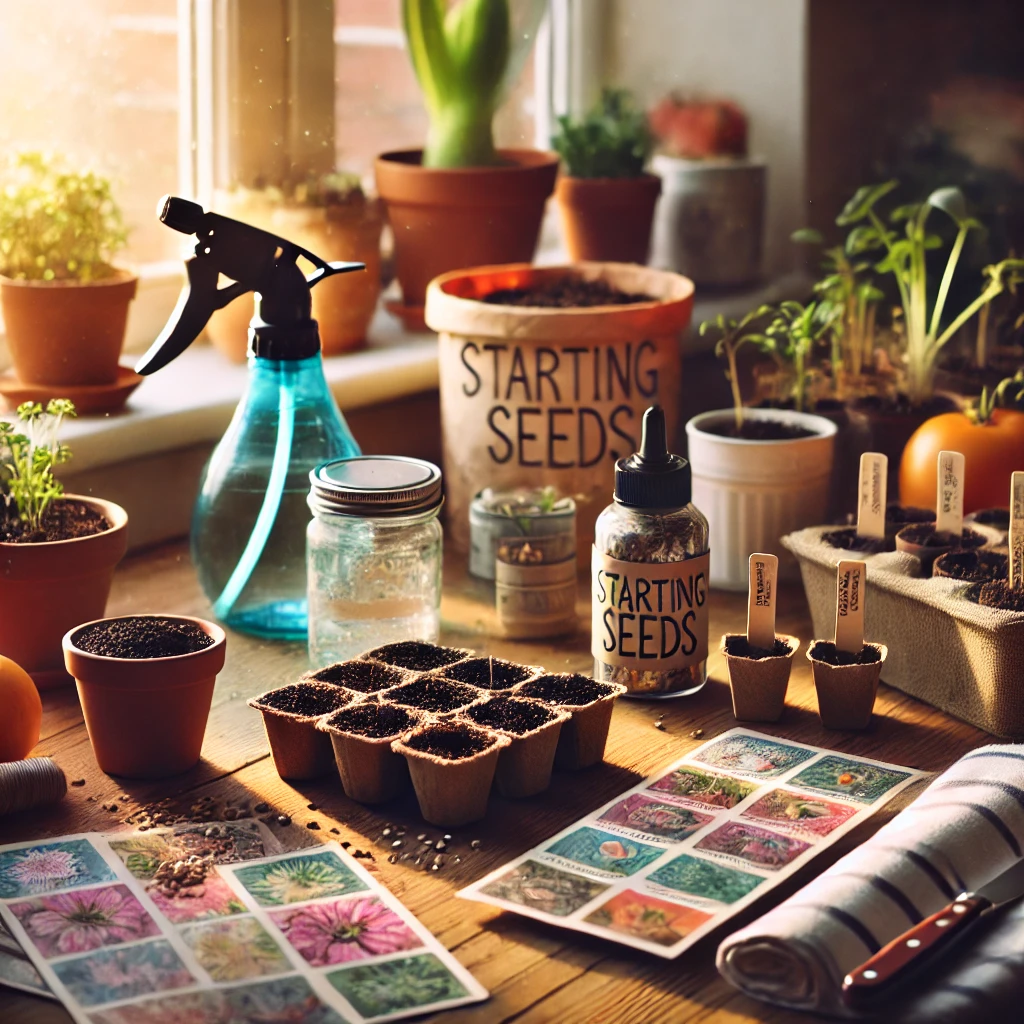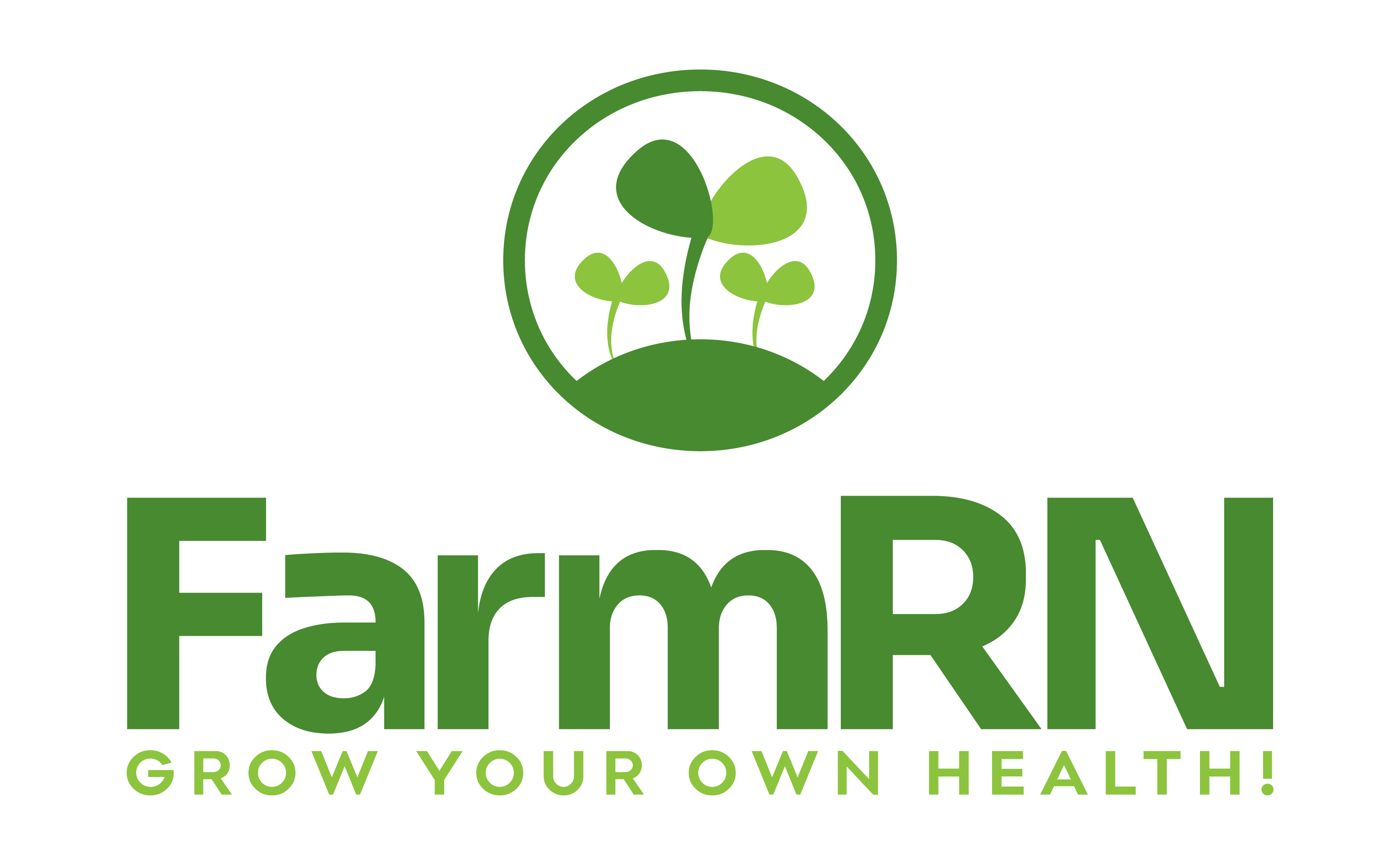Welcome back to our green sanctuary, FarmRN enthusiasts! As a dad deeply invested in nurturing not just a garden but a foundation for healthier living for my family, I’ve embarked on a journey to elevate our garden with an array of superfoods. These nutrient-packed powerhouses promise to enrich our meals and boost our well-being, all from the comfort and convenience of our backyard. Let’s delve into how incorporating superfoods into your garden can be a game-changer for achieving a healthier lifestyle.
The Superfoods Spectrum
Superfood is a term that’s gained traction for describing foods exceptionally high in vitamins, minerals, antioxidants, and other health-boosting compounds. Growing these in your garden not only brings a vibrant palette of flavors to your table but also loads your family’s diet with nutrients essential for vitality and wellness.
- Leafy Greens: Kale, spinach, and Swiss chard, are the cornerstones of a healthful garden, packed with vitamins and minerals. These verdant wonders are not just nutritional powerhouses but also incredibly versatile in the kitchen, making them a favorite among health-conscious families. Growing leafy greens in your garden is surprisingly straightforward, and they can be harvested at various growth stages, offering a continuous bounty from early spring through fall. The beauty of cultivating these greens lies in their adaptability; they can thrive in the ground or in containers, making them accessible to gardeners with limited space. Plus, their quick growth cycle means you’ll see the fruits of your labor in no time, providing fresh, organic produce right at your fingertips.
- Berries: Strawberries, blueberries, and raspberries, are delightful additions to any garden, offering a sweet reward for your gardening efforts. These small fruits are rich in antioxidants and vitamins, making them a superfood staple. Berries can be more demanding than some other plants, requiring attention to soil conditions and sometimes specific planting zones, but their yield is incredibly rewarding. Growing berries in your own garden allows you to control the environment, ensuring they’re free from harmful pesticides, and lets you enjoy these fruits at their peak freshness, far surpassing what you might find at the grocery store.
- Legumes: Beans and peas, are not only valuable for their high protein content but also for their ability to enrich the soil. These plants fix nitrogen in the earth, improving soil fertility for future crops. Easy to grow and requiring minimal maintenance, legumes can be a fantastic project for children, teaching them about the wonders of plant growth and the importance of sustainable gardening practices. Whether you’re growing them for fresh use or storage, legumes offer a bountiful harvest that can significantly contribute to your family’s diet.
- Herbs: Mint, parsley, and basil bring a burst of flavor to any dish and are among the easiest plants to grow, making them perfect for novice gardeners. Their aromatic presence in the garden can deter pests, benefiting neighboring plants, and their flowers attract beneficial pollinators. Herbs are incredibly forgiving and can be grown in small spaces, window boxes, or even on a sunny kitchen windowsill, ensuring you have fresh, organic seasonings at your fingertips. Incorporating herbs into your garden is a simple way to elevate your culinary creations while enjoying the health benefits these plants offer.
- Root Vegetables: Carrots, beets, and sweet potatoes thrive beneath the soil’s surface, packing a nutritional punch with high fiber content and essential vitamins. These underground treasures are surprisingly unfussy about growing conditions, making them suitable for gardeners of all experience levels. They’re particularly rewarding to harvest, offering a tangible sense of discovery as you unearth them. Root vegetables can be stored for extended periods, providing a long-lasting supply of wholesome food from a single harvest.
Cultivating a Superfoods Garden
Creating a garden rich in superfoods isn’t just about planting seeds; it’s about cultivating a lifestyle. Here are some tips to get you started:
- Start Small: Embarking on a gardening journey doesn’t mean you have to transform your entire outdoor space overnight. Starting small, with a few easy-to-grow plants, can help you build confidence and learn the ropes of gardening without feeling overwhelmed. This approach allows you to focus on the success of a few plants, understanding their needs and growth habits, which is far more rewarding and manageable, especially for busy families.
- Educate and Involve: Involving your family in the gardening process is not just a way to share the workload; it’s an opportunity to educate your children about where their food comes from and the importance of healthy eating. Gardening together can be a bonding experience, offering lessons in responsibility, the cycle of life, and the satisfaction of nurturing something from seed to table. It’s a hands-on way to promote a lifelong appreciation for nature and healthy living.
- Plan for Succession Planting: Succession planting is a strategic approach to gardening that ensures a continuous supply of fresh produce throughout the growing season. By staggering the planting of crops or choosing varieties with different maturation times, you can avoid the feast-or-famine scenario that often occurs in gardens. This method requires a bit of planning but results in a more evenly distributed harvest, maximizing the yield from your garden space.
- Companion Planting: Companion planting is the practice of placing plants together that benefit one another, either by enhancing growth, deterring pests, or attracting pollinators. This age-old technique can significantly improve your garden’s health and productivity. For example, planting basil near tomatoes can help repel pests and improve the flavor of both plants. It’s a natural way to boost your garden’s ecosystem without resorting to chemicals.
Embracing Organic and Seasonal Choices
While cultivating your superfood garden, remember that you don’t have to grow everything yourself. For those plants that are either too challenging or space-consuming to grow, aim to buy organically and in season from local farmers’ markets or grocery stores. This practice supports sustainable agriculture and ensures that your family enjoys the freshest, most nutritious produce available, complementing the bounty of your own garden.
The Harvest: Beyond Nutrition
The true harvest of incorporating superfoods into your garden extends beyond their nutritional value. It’s about the joy of harvesting your own food, the peace that comes from time spent in nature, and the satisfaction of a meal that’s not just delicious but deeply nourishing.
As we continue to explore and share our gardening adventures, I’d love to hear about your experiences with growing superfoods. What challenges have you faced? What successes have you celebrated? Share your stories in the comments below.
And for those looking to turn their garden bounty into nutritious, family-friendly meals, be sure to check out our recipe tab at the top. Here’s to a garden that nourishes our bodies, minds, and spirits. Happy gardening, FarmRN family—here’s to elevating our gardens for healthier living!=and as always, “Grow Your Own Health!”
